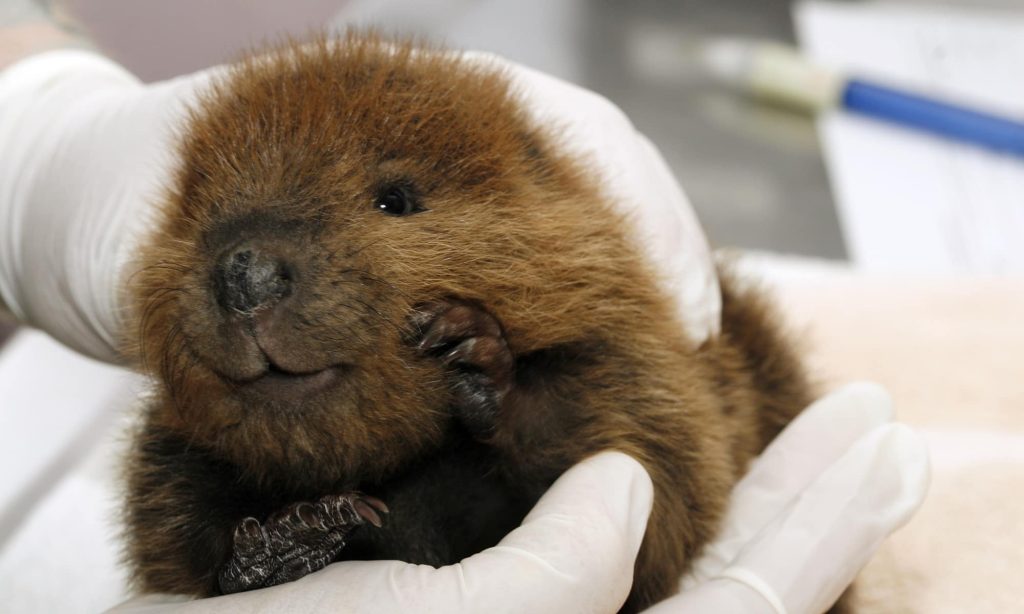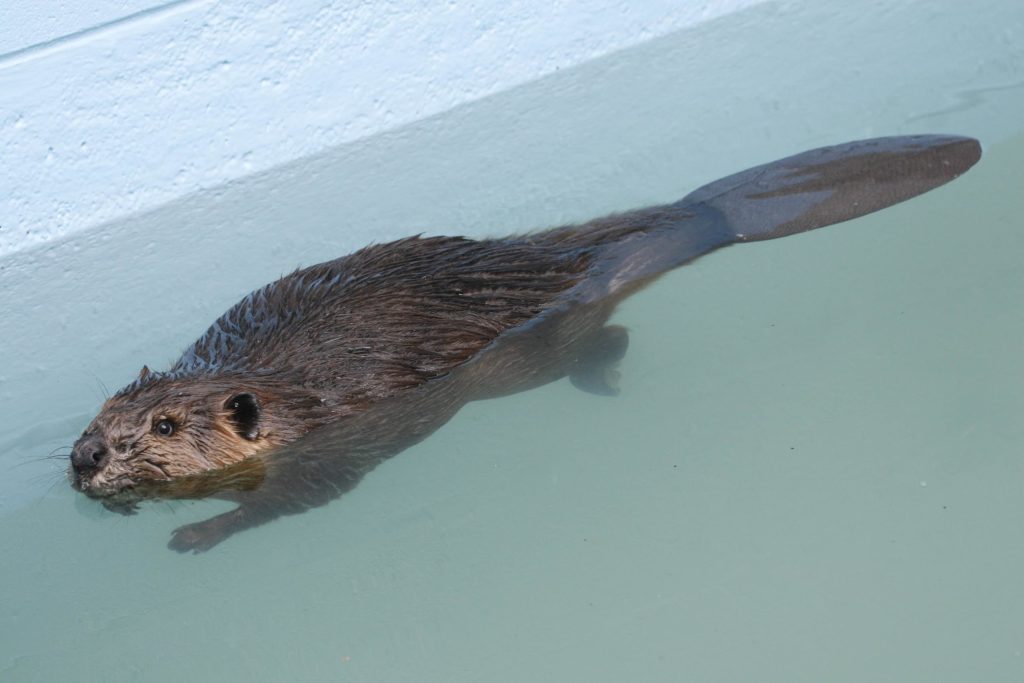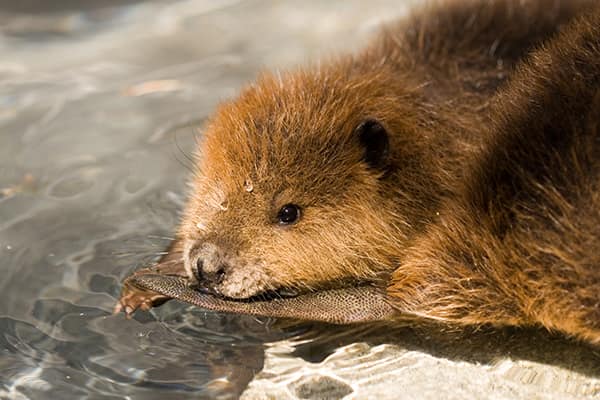
Creating a suitable habitat for beavers is not only beneficial for these fascinating creatures but also for the overall ecosystem. Beavers are considered ecosystem engineers, as their dam-building activities shape the landscape and support a rich diversity of plant and animal life. In this article, we will explore the steps and considerations involved in creating a habitat for beavers.

- Understanding the Habitat Requirements of Beavers Before creating a beaver habitat, it’s essential to understand the specific needs of these animals. Beavers prefer areas near water bodies like rivers, streams, or ponds with a mix of trees, shrubs, and herbaceous vegetation. They require access to both land and water to build their lodges and dams.
- Assessing the Site and Obtaining Necessary Permits The first step is assessing the site where you plan to create a beaver habitat. Ensure that the location has suitable water resources, including a perennial water source nearby. It’s essential to obtain any necessary permits or permissions from local authorities or landowners before initiating any habitat creation efforts.
- Establishing a Water Source Beavers rely on water bodies for their survival, so it’s crucial to establish or maintain a suitable water source. This could involve creating or improving a small pond or ensuring a steady flow of water from a nearby stream or river. The water source should be deep enough to support beaver activity and have a stable water level throughout the year.
- Evaluating Vegetation Availability Beavers depend on a variety of vegetation for their food and construction materials. Assess the availability of suitable vegetation in the area, including trees like aspen, willow, cottonwood, and alder. Ensure that there is an adequate supply of these trees nearby or take measures to plant them in the habitat.
- Constructing Beaver Dams Beaver dams are an integral part of their habitat as they create a pond and provide shelter. If there are no existing dams, you can encourage beavers to build by creating small structures using rocks, logs, and soil. Gradually increase the height and width of the dams to mimic natural beaver activities.
- Enhancing Vegetation Diversity To ensure a thriving beaver habitat, it’s important to provide a diverse range of vegetation. Planting native trees, shrubs, and herbaceous plants that beavers prefer will attract them and provide a sustainable food source. Consider the growth patterns and maintenance requirements of the chosen plants to ensure their long-term survival.
- Promoting Riparian Vegetation Beavers play a vital role in enhancing riparian (riverbank) vegetation. Their activities create wetland areas that support the growth of various plant species. Encourage the growth of riparian vegetation by planting native plants along the water’s edge, which will offer both food and shelter for beavers, as well as improve the overall ecosystem health.
- Monitoring and Maintenance Once the beaver habitat is established, it’s important to regularly monitor and maintain the area. Observe the beavers’ activities, such as dam building and feeding, to ensure they are thriving in the habitat. Regularly assess the vegetation growth and address any invasive species that may outcompete native plants.
- Encouraging Natural Processes To create a sustainable beaver habitat, it’s important to allow natural processes to occur. Avoid interfering with the beavers’ activities unless there are safety concerns or significant negative impacts on the surrounding infrastructure. Allow the beavers to shape the habitat through their dam building and tree-cutting behaviors.
- Educating and Raising Awareness Creating a beaver habitat provides an opportunity to educate and raise awareness about the importance of these ecosystem engineers. Share information about the benefits of beavers, their role in the ecosystem, and how others can contribute to creating suitable habitats. Encourage responsible land management practices that support coexistence with beavers.

In conclusion, creating a habitat for beavers involves understanding their specific requirements, assessing the site, establishing a water source, constructing beaver dams, enhancing vegetation diversity, promoting riparian vegetation, monitoring and maintenance, encouraging natural processes, and educating others. By following these steps, you can contribute to the conservation and restoration of beaver populations and the rich ecosystems they create.